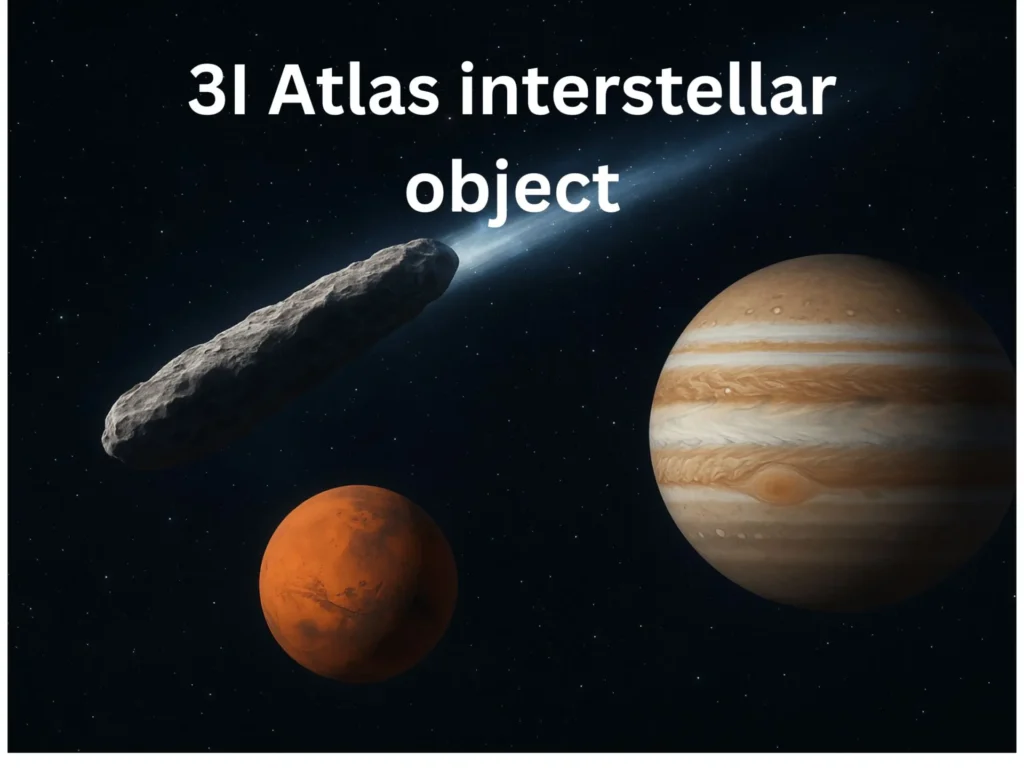A rare and mysterious event is unfolding in space right now, the arrival of 3I/Atlas, the third confirmed interstellar object ever detected passing through our solar system. Discovered on July 1, 2025, by NASA’s ATLAS observatories, 3I/Atlas is already making headlines for its enormous size, record-breaking speed, and perplexing orbit.
A Visitor From the Stars
Unlike comets or asteroids that orbit the Sun, 3I/Atlas is unbound to our solar system’s gravity. It’s simply passing through, a true traveler from the depths of interstellar space. Early estimates suggest that 3I/Atlas could be up to 20 kilometers wide and is traveling at a mind-bending 245,000 kilometers per hour, possibly making it the fastest interstellar object ever recorded.
NASA’s 12-Page Report Raises Eyebrows
In a recently released 12-page NASA analysis, astronomers outlined a startling detail: 3I/Atlas will pass unusually close to Venus, Mars, and Jupiter over the coming weeks. The chance of such a near-alignment occurring naturally is calculated at less than 0.005%, making this event both statistically rare and scientifically valuable.
The object’s trajectory is also raising curiosity, and speculation. When its path was traced backward, astronomers found that 3I/Atlas appears to have originated from the direction of the constellation Sagittarius — the same general region where the famous “Wow! Signal” was detected in 1977, an unexplained radio transmission still discussed in SETI circles today.
Why Astronomers Are Fascinated
What sets 3I/Atlas apart isn’t just its speed or direction, it’s how little we know about it. Its brightness and reflectivity fluctuate in ways scientists can’t yet explain, and telescopes across the globe are now gathering data on its composition, rotation, and surface activity.
Dr. Lena Morales of NASA’s Jet Propulsion Laboratory said in a statement, “Every interstellar object teaches us something new about the universe beyond our solar system. 3I/Atlas gives us a rare chance to study material that didn’t form here.”
A Brief But Historic Visit
3I/Atlas is expected to make its closest approach to the inner solar system within the next six to seven weeks, before being pulled back into interstellar space, possibly never to return.
Whether 3I/Atlas turns out to be an icy comet, a rocky fragment, or something entirely unexpected, its arrival is already being hailed as one of the most significant astronomical discoveries of the decade.
For now, the world watches and waits as this mysterious visitor makes its historic flyby.












